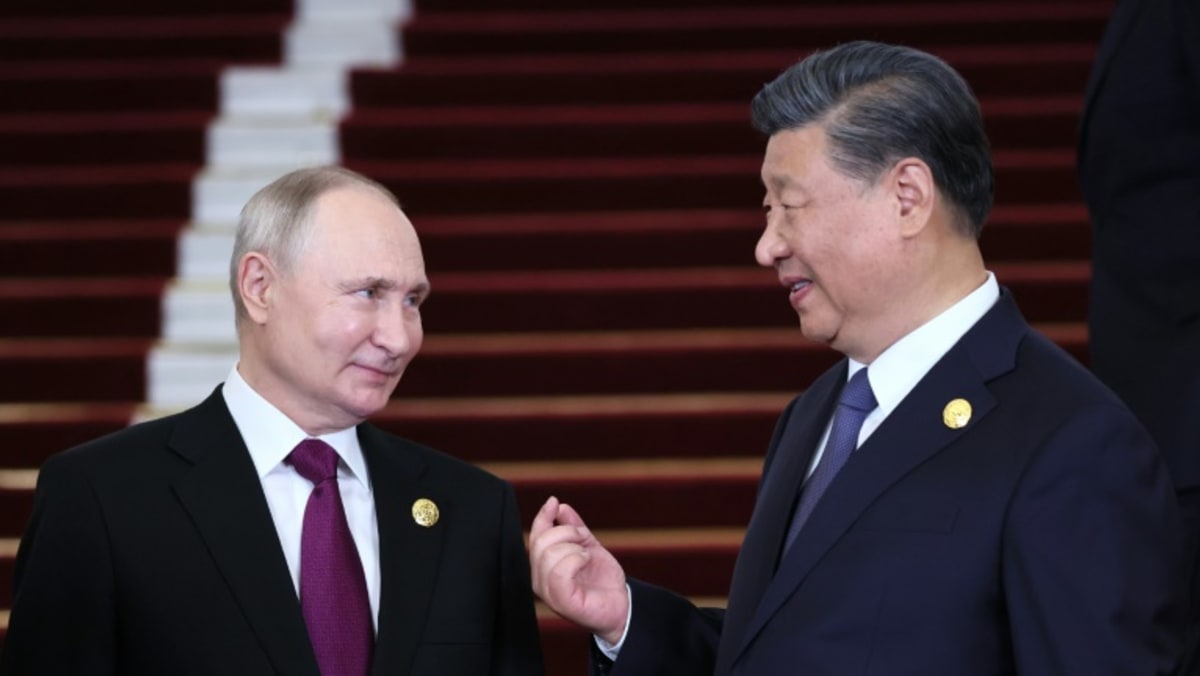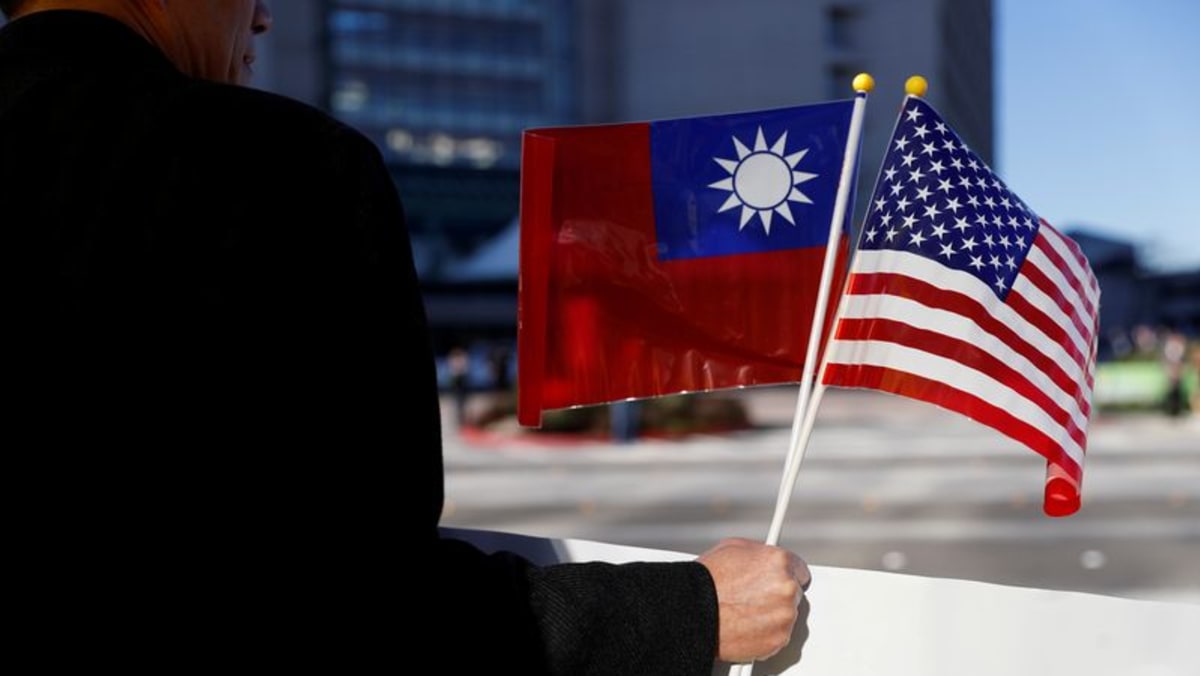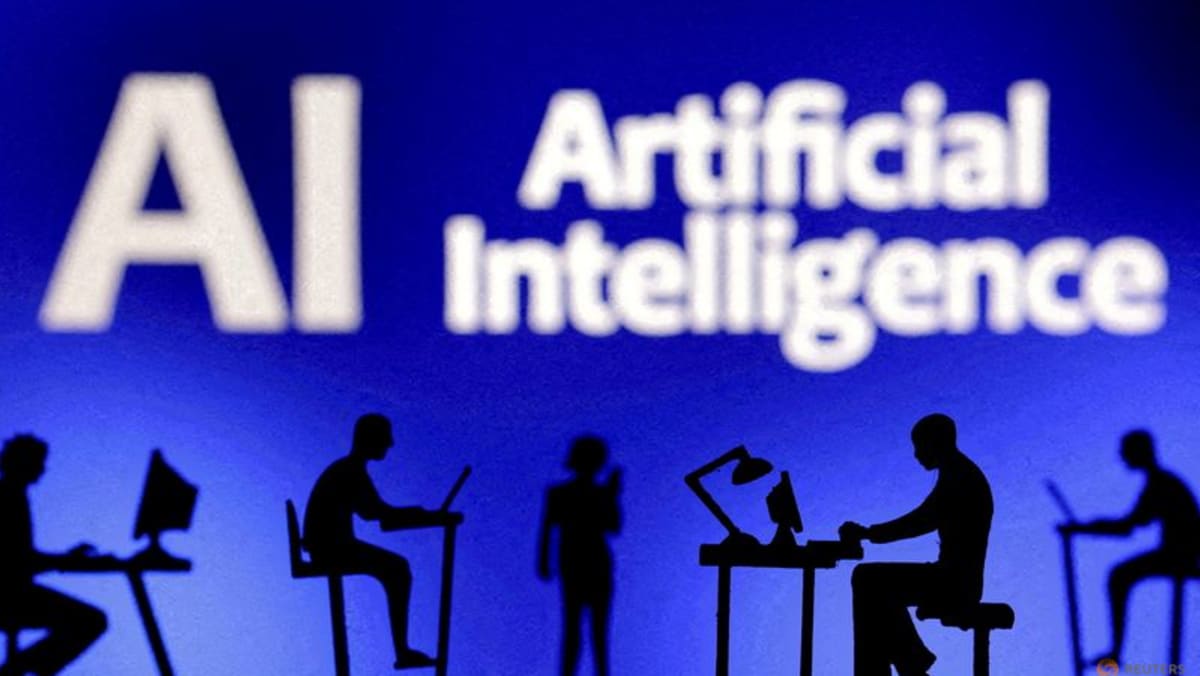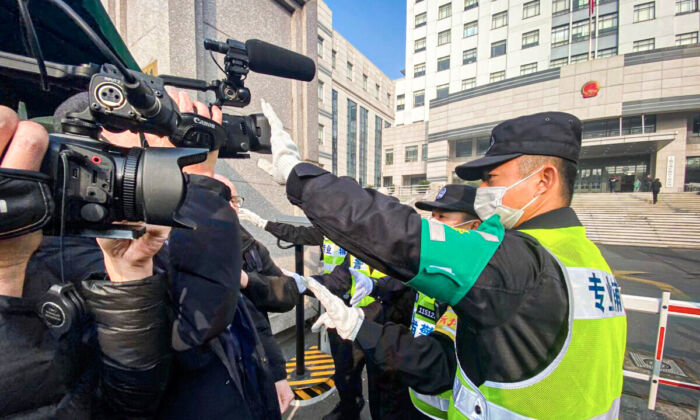SINGAPORE: United States President Joe Biden met his Chinese counterpart Xi Jinping in San Francisco in November, the first American trip by the Chinese leader since 2017. Treasury Secretary Janet Yellen was in Guangzhou and Beijing in April, her second in nine months while Secretary of State Anthony Blinken on Friday (Apr 26) wrapped up a visit to the Chinese capital after meeting business leaders in Shanghai.
Ties between the two countries are so fraught these days, observers look for the slightest signs of detente that might indicate a cooling off of tension between the two superpowers.
Such is the low bar of expectation, the fact that they have been talking is reason to cheer.
But has there really been an improvement, a meeting of minds? Are the two sides closer now to resolving their differences? Has the likelihood of potential armed conflict receded, even if only slightly?
 US Secretary of State Antony Blinken shakes hands with China's President Xi Jinping at the Great Hall of the People in Beijing on Apr 26, 2024. (Photo: AFP/Mark Schiefelbein/Pool)
US Secretary of State Antony Blinken shakes hands with China's President Xi Jinping at the Great Hall of the People in Beijing on Apr 26, 2024. (Photo: AFP/Mark Schiefelbein/Pool)
THORNY ISSUES
The Biden and Xi meeting produced several agreements on military-to-military communications and on ways to curb the supply of the narcotic drug fentanyl. But on the big issues that have troubled relations between the two, there were no movements, not even a hint of that.
China complained about US export controls on advanced technology such as semiconductors and Biden made no headway on getting Xi’s support over the conflict in the Middle East.
Other issues have recently cropped up, the latest being the complaints by the European Union and the US suggesting that China is dumping its green energy products such as electric cars and solar panels in their markets, undercutting local businesses.
The Chinese might be forgiven for wondering what the fuss was about when the world is facing a climate crisis and trying to wean itself off fossil fuel.
Reports said the two talked past each other over these thorny issues.
I had a taste of this as an observer in an annual meeting between scholars and analysts from the two countries held here last week, with Singapore as interlocutor.
The 5th RSIS Trilateral Exchange was a useful two-day forum on how far apart they are, and in which areas they might possibly be able to work together.
Participants came from academia and think tanks including the American Enterprise Institute, the Eurasia Group, the Atlantic Council, China Institutes of Contemporary International Relations (CICIR), the People’s Liberation Army Academy of Military Sciences and Tsinghua University.
HOW WIDE IS THE GULF?
Americans at the meeting had plenty to say on this.
Several said the differences were structural over a wide range of issues including trade, technology, and their differing positions on international issues such as the Ukraine war, the Middle East conflict and the South China Sea disputes.
One American participant noted that the two sides were at loggerheads in so many areas, it could only be described as a cold war, but with a small "c" and "w", suggesting that they are some distance away from the level of tension seen during the Cold War of the last century, when differences between the West and the Soviet Union were irreconcilable and there was always a danger of the rivalry erupting into a nuclear conflict.
He said it was useful to acknowledge this so there could be a better understanding of the nature of the rivalry and how to manage it.
It is an important message. One US speaker sharpened the point, for me at least, when in answer to a question about how to improve relations between the two said this: Achieving better ties was not a goal the US was currently seeking. Rather, its focus was on how to maintain its position amid the changing geopolitical landscape.
It was a sobering reality check about expecting any improvement in the relationship.
The Chinese side was not so emphatic on this point. Rather, the underlying message from them was that China could not be pushed around, that the era of complete American domination was over and a new balance had to be struck to take into account China’s place in the world.
One interesting point from a Chinese speaker: A strong China is necessary for global stability.
He did not say it, but the inevitable conclusion must be that the country will relentlessly pursue its development in all the areas that will strengthen its global power, including advanced technology, defence and its international relations.
It is no longer only about improving the livelihood of the Chinese people which, of course, remains centre stage, but it is also about making the world more secure.
That is how China is framing its position.
As with the American side, there was also a hint of fatalism about this new order when a Chinese participant made the somewhat startling but, perhaps, entirely realistic declaration, that trust was not a critical factor as both sides try to manage their relations.
He observed that during the Cold War, there was deep mistrust between the US and the Soviet Union but they were able to agree on issues such as nuclear controls and, most importantly, avoided direct conflict.
It was another sobering reality check.
THE DIVIDE WILL REMAIN
Many third parties, including Singapore, have made the point that without trust on both sides, there can be little progress.
While this is true, a more realistic way of thinking about the problem might necessitate going beyond strengthening trust since it is so difficult to achieve.
Accept that the mistrust will be around for a long time and see what can be achieved in the meantime.
It also calls for managing expectations of the future, especially for third parties, and how they can better protect their own interests amid the continuing tension.
So, expect that more sanctions will be placed by the US, especially if Donald Trump returns to the White House, and that tariffs on a whole range of Chinese goods will go up.
Expect that the Chinese will continue to make further progress on advanced technology and increase its production capabilities and that its vision of the world will be different from America’s.
For me, this was the main message of the trilateral meeting: Both sides knew how wide the gulf is and were not expecting any resolutions of their many issues or any improvement in their overall relationship.
The focus was more in managing the deep and wide gulf.
In such an environment, perhaps the lowest bar of all becomes the most important: How not to start a war between the two sides.
This is not to say there can be no progress in areas that are mutually beneficial.
One Chinese speaker highlighted artificial intelligence and outer space as two areas where both can work together. They are relatively new issues which neither has an entrenched position on.
A question that was not raised but is worthy of future discussions: If this is the new reality, that the divide will remain and that trust will be elusive for some time to come, what sort of world will it be in, say, 10 years’ time.
Can there still be peace and prosperity for all in such a divided and distrusting world? Is it possible to have a working relationship between the two sides in this new order?
How will such a modus-vivendi work?
One final note on the role of an interlocutor: A Chinese speaker complimented Singapore for holding the talks and raised the suggestion that it could play the role which Vienna did during the Cold War when it was used as a meeting place for the two protagonists.
Singapore will hope that if, indeed, it becomes one, it will be dealing with only a small c and w.
Han Fook Kwang was a veteran newspaper editor and is a senior fellow at the S Rajaratnam School of International Studies, Nanyang Technological University.












 English (US) ·
English (US) ·  Turkish (TR) ·
Turkish (TR) ·